|
lingjiatan relic site
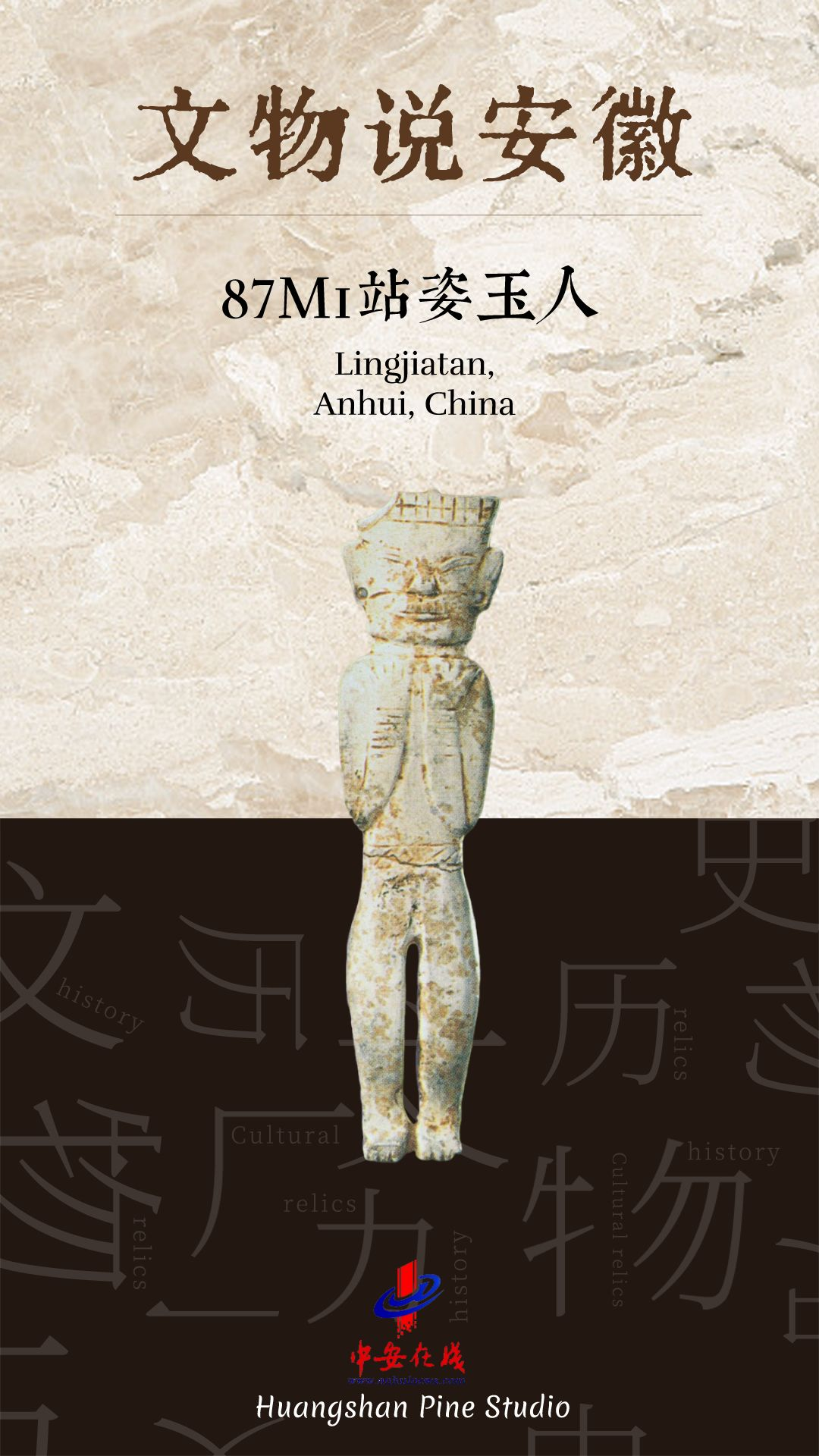
located in hanshan county, ma'anshan city, the lingjiatan relic site is a neolithic settlement center dating back 5,800 to 5,300 years ago, therefore is called "the dawn of ancient chinese civilization" by some archeologists. the site is also one of the three major centers of china's prehistoric jade culture. a total of more than 3,000 pieces of exquisite jade ceremonial vessels, stone tools, pottery, and other precious cultural relics have been unearthed in lingjiatan. the fine jade wares, represented by the jade figurine, turtle, eagle, dragon, etc., have brought the site world renown.
burial no.1 at beishantou
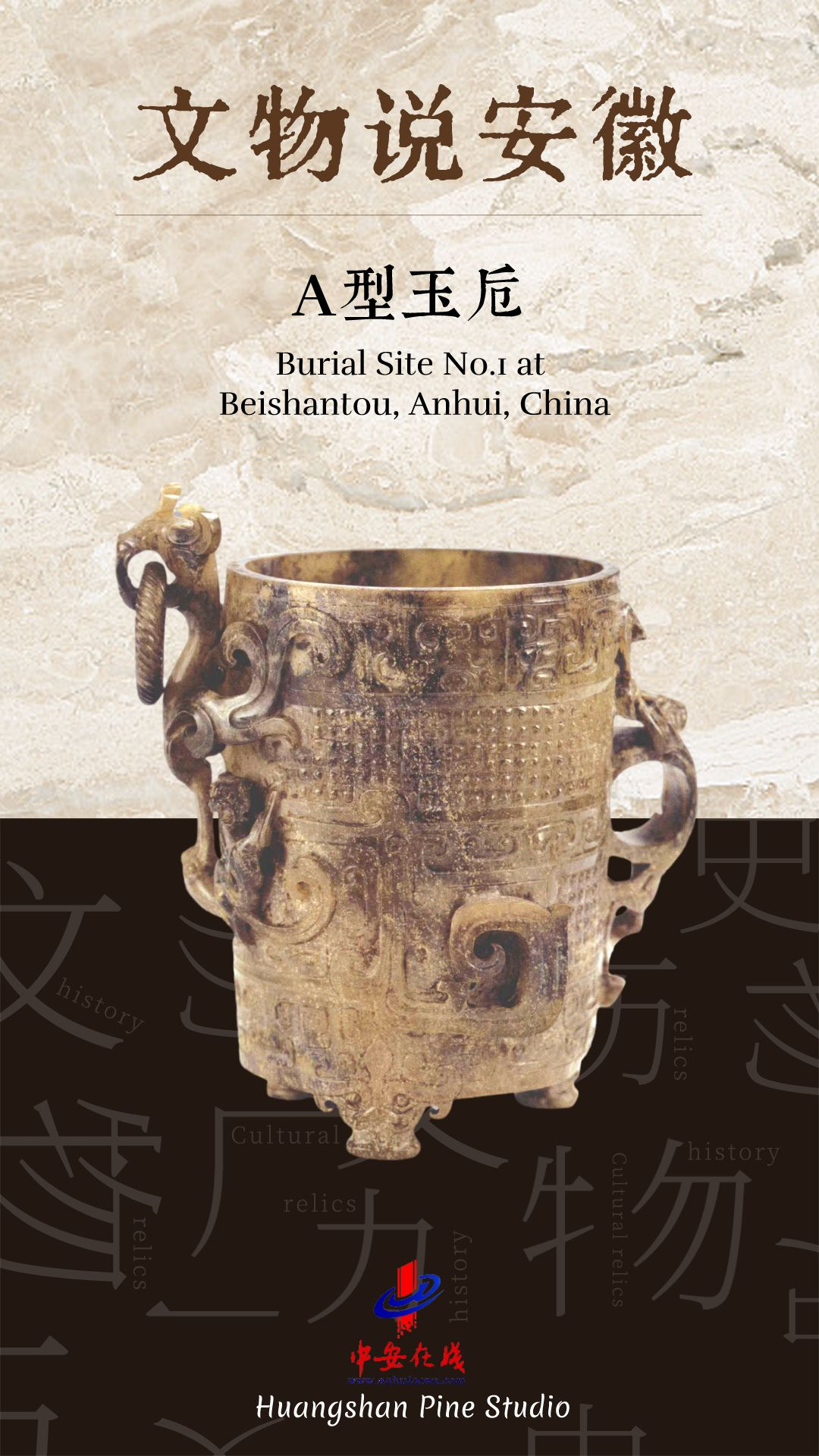
the three ancient burials of the western han dynasty (206 b.c.–24 a.d.) excavated in chaohu city, anhui province, from 1996 to 1998, i.e. burial no.1 at fangwanggang, burial no.1 and no.2 at beishantou, are of great significance in anhui's archaeology. nearly 3,500 pieces (sets) of bronze, iron, lead, silver, lacquer, wooden, jade, stone, agate, crystal, horn and ceramic artifacts were found in the three burials. among them, a large number of exquisite jade, lacquerware, and bronze artifacts were unearthed from burial no.1 at beishantou, which is why it is considered one of the most important han tomb discoveries in anhui in recent decades. the jade zhi cup in the picture is one of the well-known cultural relics discovered in this burial.
hualong cave 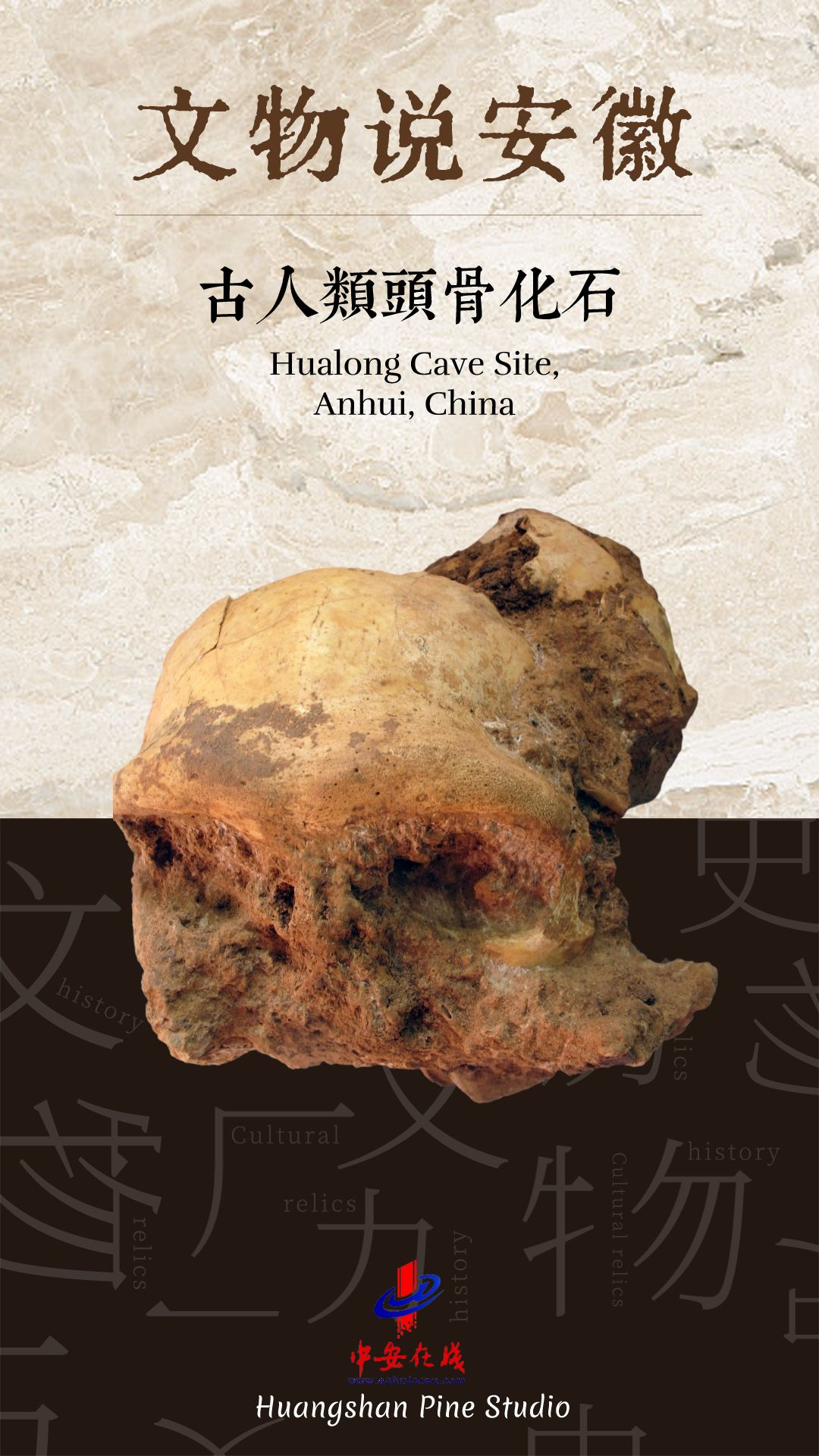
hualong cave is a paleolithic site situated on the south bank of the yangtze river in dongzhi county, anhui province. it has yielded many stone tools, animal bones, and over 30 human fossils. the most notable fossil is the skull fossil of a homo erectus (dubbed dongzhi man) unearthed in 2014, who lived here 300,000 years ago. this marks a significant breakthrough in the study of ancient human evolution in china and the wider east asian region, and has important scientific value for understanding the evolution of humans in this area.
xuejiagang culture
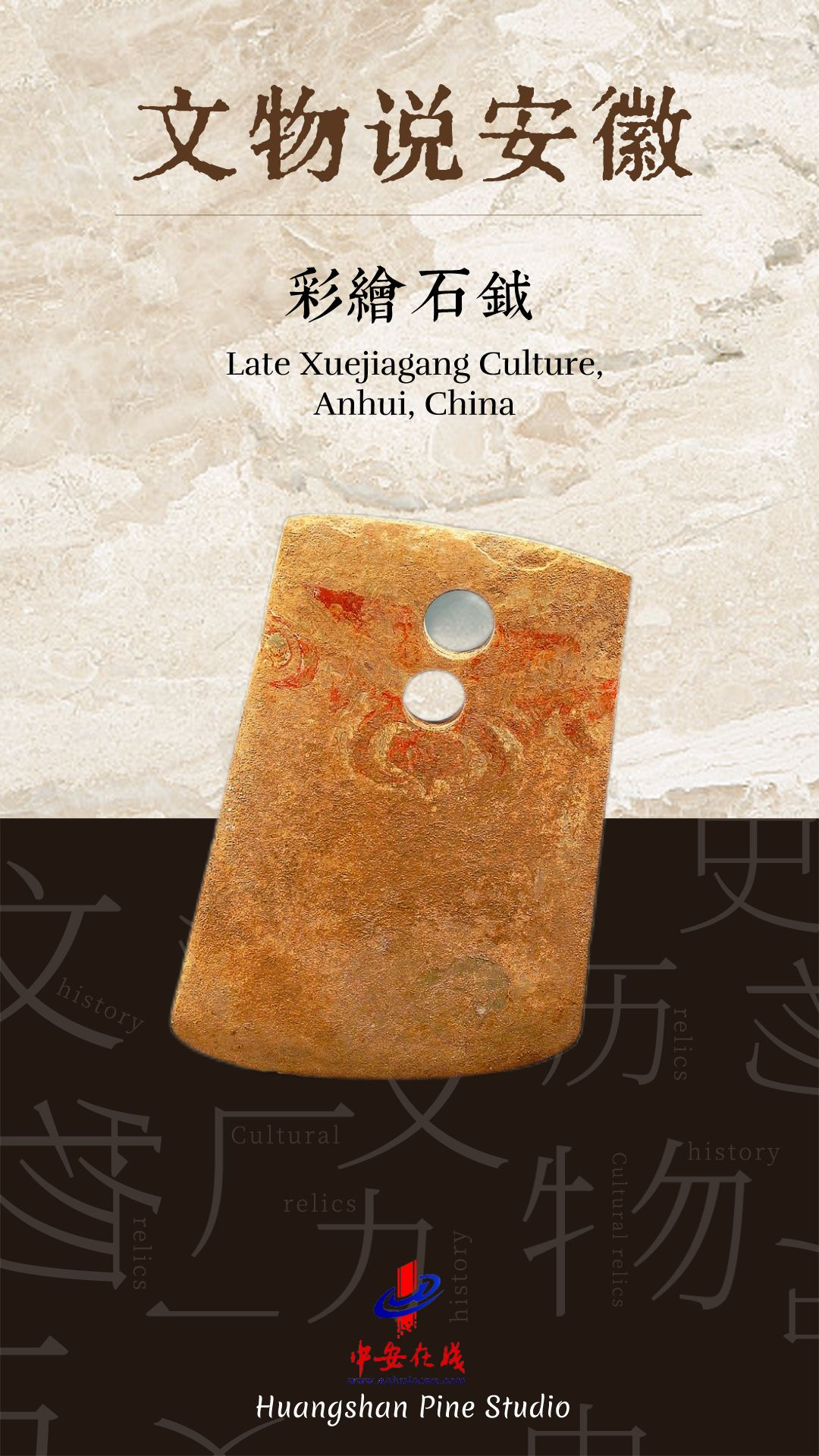
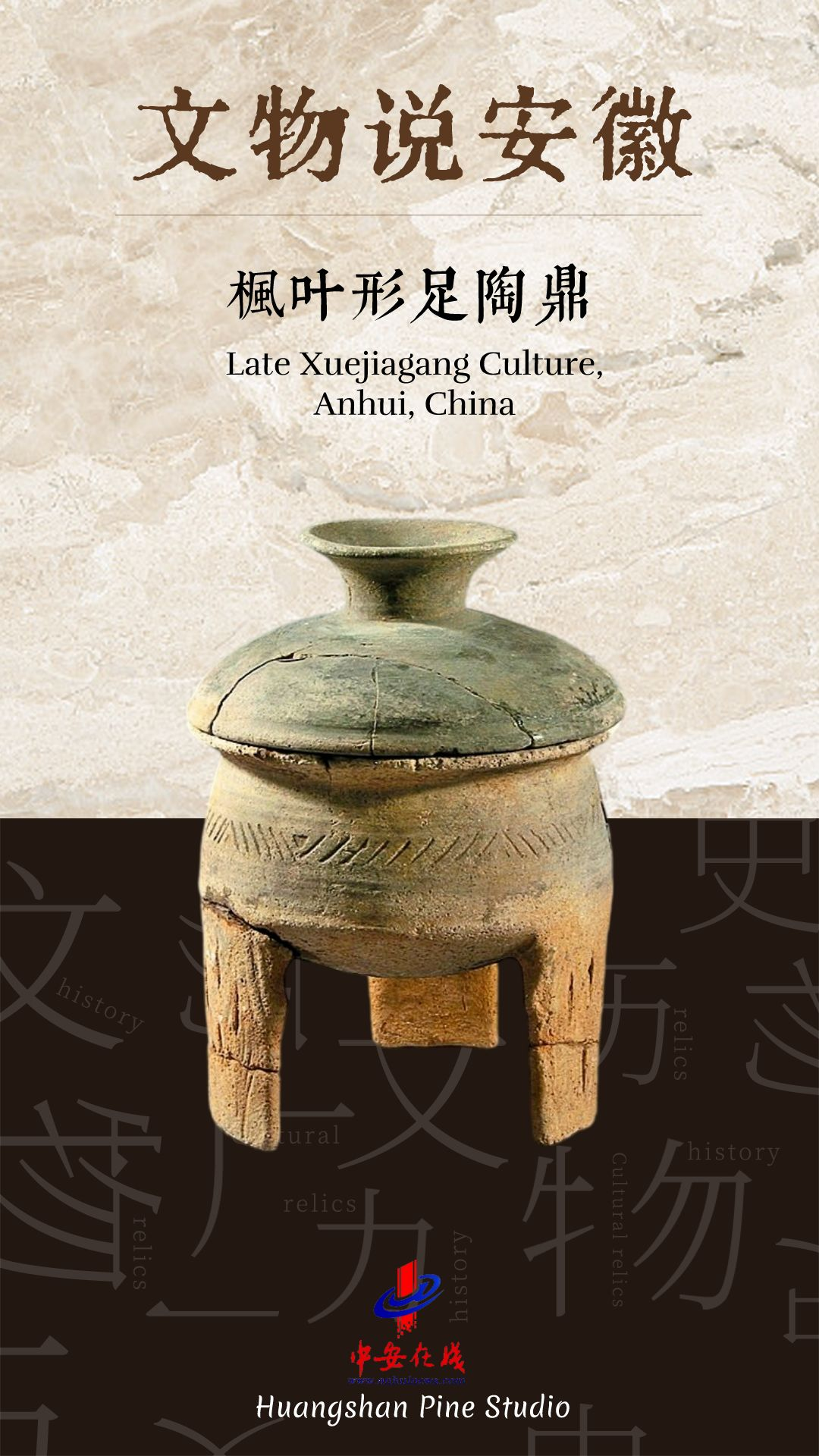
the xuejiagang culture is named after the xuejiagang site discovered in qianshan city, anhui province in 1979. it is one of china's neolithic cultures and can be traced back to around 3500 to 2800 bc. it is mainly distributed between the yangtze river and the huaihe river areas to the east of the dabie mountains and the west of chaohu lake, and expands to some areas of eastern hubei province and northern jiangxi province.
tomb of king of chu state at lisangudui 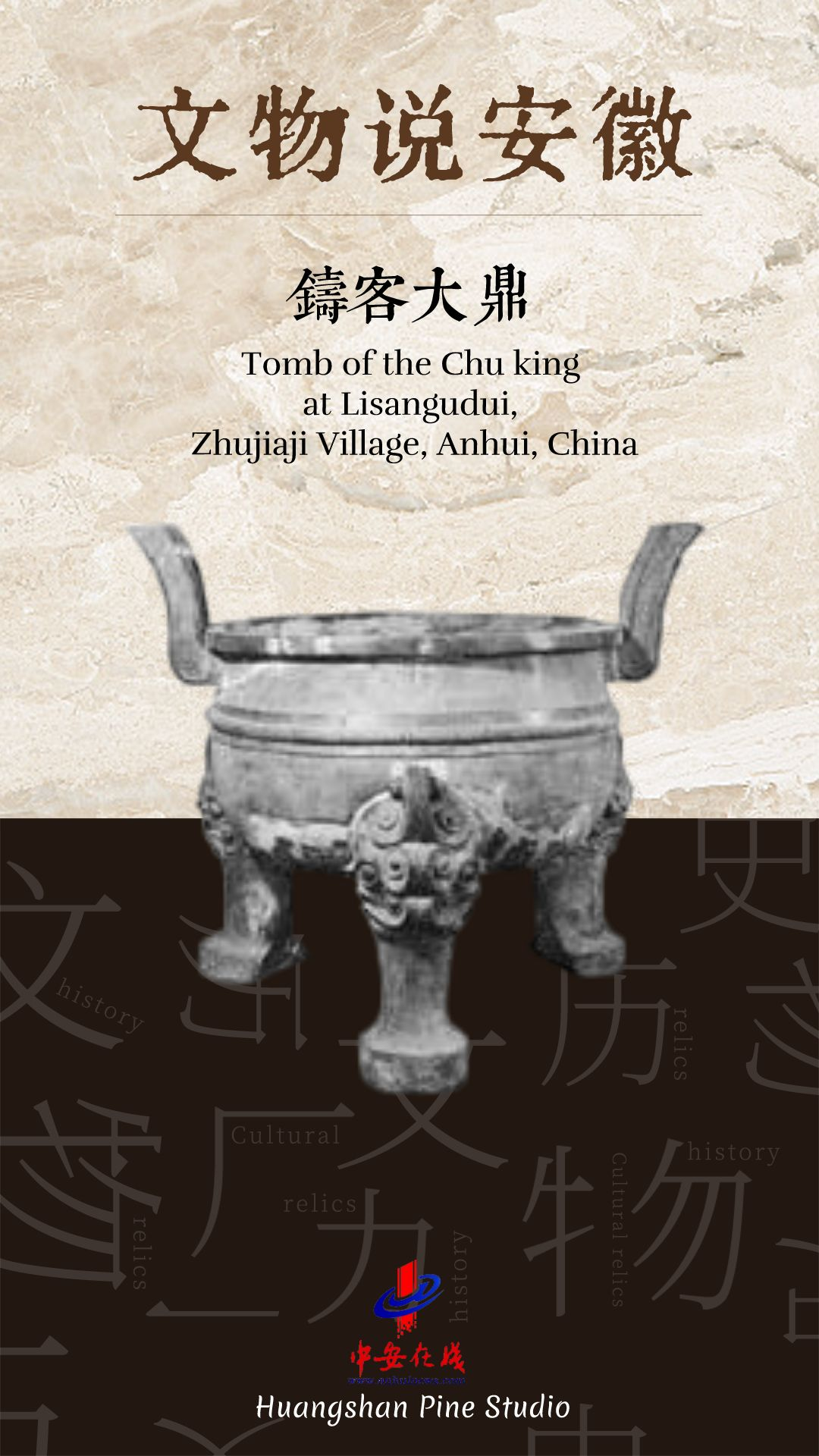
shouxian, formerly known as shouchun in ancient times, served as the last capital city of the state of chu. the county is where the tomb of king of chu state at lisangudui locates and a multitude of precious bronzes were excavated from the tomb. among the rich royal cultural relics discovered in this region, the big zhuke ding tripod of chu, aka the great ding of chu, is one of the most prominent treasures that can best represent the ancient chu culture. it has a height of 113 centimeters, a diameter of 87 centimeters at the opening, and weighs approximately 400 kilograms, which is rare in ancient chinese ding tripods, making it a valuable national treasure.
文案:冯凡希 written by feng fanxi 设计:江心雨 designed by jiang xinyu
|